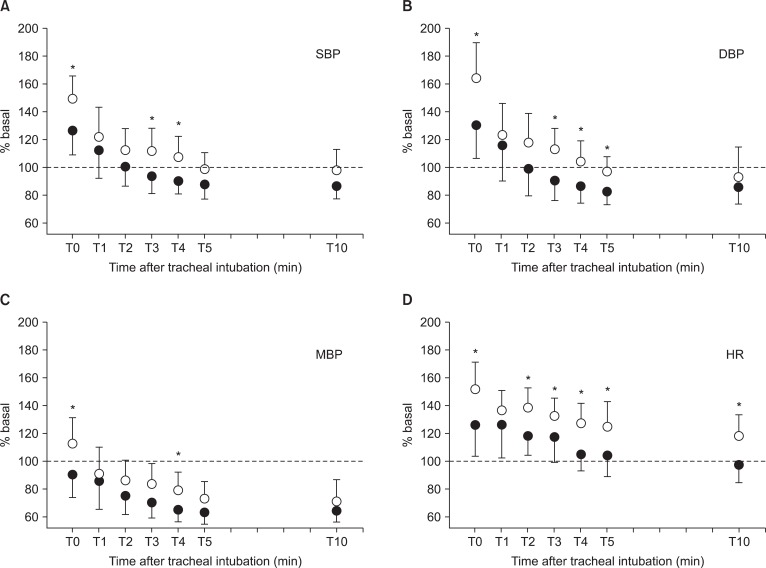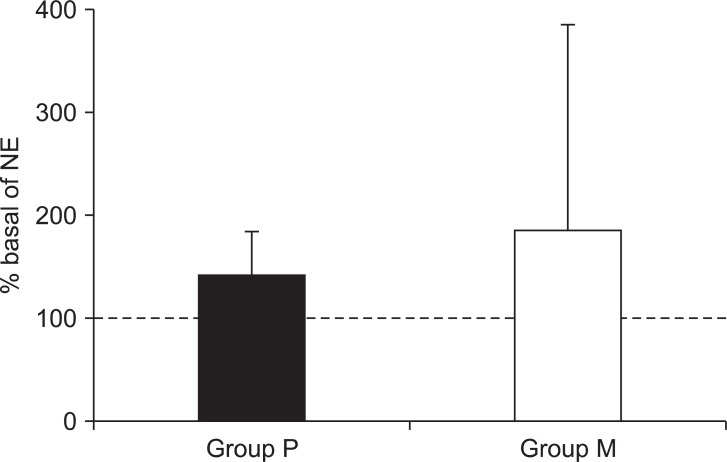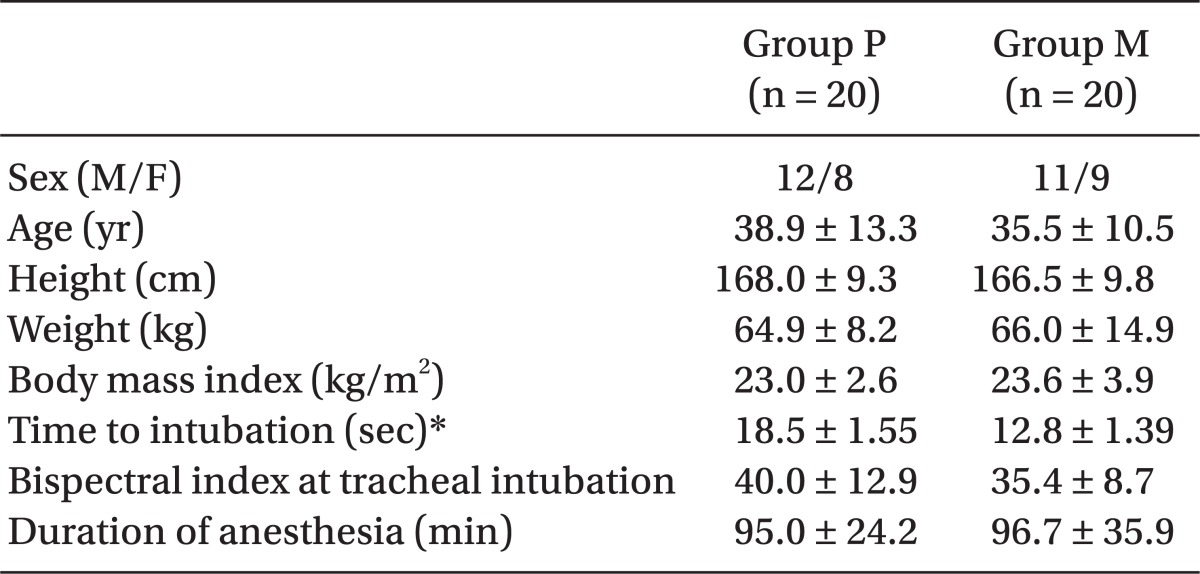1. Suzuki A, Toyama Y, Katsumi N, Kunisawa R, Sasaki S, Hirota K, et al. The Pentax-AWS((R)) rigid indirect video laryngoscope: clinical assessment of performance in 320 cases. Anaesthesia. 2008; 63:641–647. PMID:
18477277.
2. Enomoto Y, Asai T, Arai T, Kamishima K, Okuda Y. Pentax-AWS, a new videolaryngoscope, is more effective than the Macintosh laryngoscope for tracheal intubation in patients with restricted neck movements: a randomized comparative study. Br J Anaesth. 2008; 100:544–548. PMID:
18238836.
3. Malik MA, Maharaj CH, Harte BH, Laffey JC. Comparison of Macintosh, Truview EV02, Glidescope, and Airwayscope laryngoscope use in patients with cervical spine immobilization. Br J Anaesth. 2008; 101:723–730. PMID:
18784069.
4. Malik MA, Subramaniam R, Churasia S, Maharaj CH, Harte BH, Laffey JG. Tracheal intubation in patients with cervical spine immobilization: a comparison of the Airwayscope, LMA CTrach, and the Macintosh laryngoscopes. Br J Anaesth. 2009; 102:654–661. PMID:
19336535.

5. Anjum-Nusrath A. Focus on: ophthalmic anaesthesia. Videolaryngoscopy. Current Anaesth Crit Care. 2010; 21:199–205.
6. Abdallah R, Galway U, You J, Kurz A, Sessler D, Doyle DJ, et al. A randomized comparison between the Pentax AWS video laryngoscope and the Macintosh laryngoscope in morbidly obese patients. Anesth Analg. 2011; 113:1082–1087. PMID:
21918156.

7. Smith JE. Heart rate and arterial pressure changes during fiberoptic tracheal intubation under genereal anaesthesia. Anaesthesia. 1988; 43:629–632. PMID:
3421452.
8. Finfer SR, MacKenzie SI, Saddler JM, Watkins TG. Cardiovascular responses to tracheal intubation: a comparison of direct laryngoscopy and fiberoptic intubation. Anaesth Intensive Care. 1989; 17:44–48. PMID:
2712275.
9. Smith JE, Mackenzie AA, Sanghera SS, Scott-Knight VC. Cardiovascular effects of fiberscope-guided nasotracheal intubation. Anaesthesia. 1989; 44:907–910. PMID:
2596656.
10. Boralessa H, Senior DF, Whitwam JG. Cardiovascular response to intubation. A comparative study of thiopentone and midazolam. Anaesthesia. 1983; 38:623–627. PMID:
6869735.
11. Derbyshire DR, Chmielewski A, Fell D, Vater M, Achola K, Smith G. Plasma catecholamine response to tracheal intubation. Br J Anaesth. 1983; 55:855–860. PMID:
6615672.
12. Koyama J, Aoyama T, Kusano Y, Seguchi T, Kawagishi K, Iwashita T, et al. Description and first clinical application of AirWay Scope for tracheal intubation. J Neurosurg Anesthesiol. 2006; 18:247–250. PMID:
17006122.

13. Su YC, Chen CC, Lee YK, Lee JY, Lin KJ. Comparison of video laryngoscopes with direct laryngoscopy for tracheal intubation: a meta-analysis of randomized trials. Eur J Anaesthesiol. 2011; 28:788–795. PMID:
21897263.
14. Turkstra TP, Pelz DM, Jones PM. Cervical spine motion: a fluoroscopic comparison of the AirTraq Laryngoscope versus the Macintosh laryngoscope. Anesthesiology. 2009; 111:97–101. PMID:
19512871.
15. Araki K, Nomura R, Tsuchiya N, Yoshikawa Y. Cardiovascular responses to endotracheal intubation with the Bullard and Macintosh laryngoscopes. Can J Anaesth. 2002; 49:526. PMID:
11983676.
16. Nishikawa K, Matsuoka H, Saito S. Tracheal intubation with the PENTAX-AWS (airway scope) reduces changes of hemodynamic responses and bispectral index scores compared with the Macintosh laryngoscopy. J Neurosurg Anesthesiol. 2009; 21:292–296. PMID:
19955890.
17. Capan LM, Bruce DL, Patel KP, Turndorf H. Succinylcholine-induced postoperative sore throat. Anesthesiology. 1983; 59:202–206. PMID:
6881585.

18. Hirabayashi Y, Hiruta M, Kawakami T, Inoue S, Fukuda H, Saitoh K, et al. Effects of lightwand (Trachlight) compared with direct laryngoscopy on circulatory responses to tracheal intubation. Br J Anaesth. 1998; 81:253–255. PMID:
9813535.

19. Suzuki A, Toyoama Y, Katsumi N, Kunisawa T, Henderson JJ, Iwasaki H. Cardiovascular responses to tracheal intubation with the Airway Scope (Pentax-AWS). J Anesth. 2008; 22:100–101. PMID:
18306027.

20. Koveleskie JR, Safford NC, Mok MS, Steen SN. Effect of 5.0 mg/kg intravenous lidocaine prior to intubation on the catecholamine and cardiovascular responses. J Anaesth Clin Pharmacol. 1996; 12:175–179.
21. Pernerstorfer T, Krafft P, Fitzgerald RD, Krenn CG, Chiari A, Wagner O, et al. Stress response to tracheal intubation: direct laryngoscopy compared with blind oral intubation. Anaesthesia. 1995; 50:17–22. PMID:
7702137.

22. McCoy EP, Mirakhur RK, McCloskey BV. A comparison of the stress response to laryngoscopy. The Macintosh versus the McCoy blade. Anaesthesia. 1995; 50:943–946. PMID:
8678248.
23. Barak M, Ziser A, Greenberg A, Lischinsky S, Rosenberg B. Hemodynamic and catecholamine responses to tracheal intubation: direct laryngoscopy compared with fiberoptic intubation. J Clin Anesth. 2003; 15:132–136. PMID:
12719053.
24. Fujii U, Tanaka H, Toyooka H. Circulatory responses to laryngeal mask airway insertion or tracheal intubation in normotensive and hypertensive patients. Can J Anaesth. 1995; 42:32–36. PMID:
7534216.







 PDF
PDF Citation
Citation Print
Print



 XML Download
XML Download